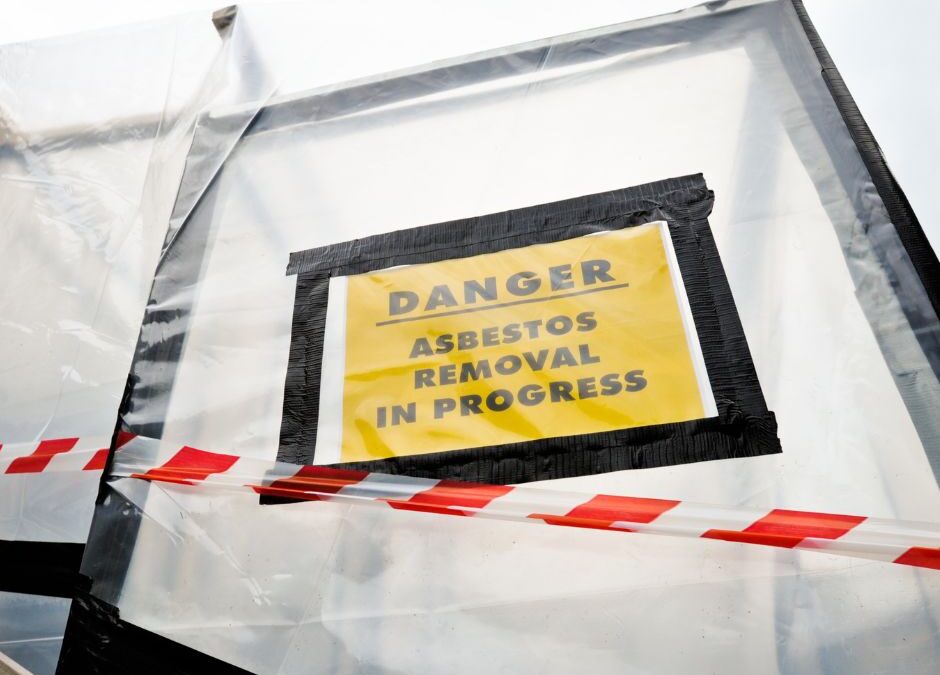Especially if you’ve never had to deal with asbestos in any form, knowing where to start with the correct asbestos survey can feel quite daunting. Not only from a legally-compliant standpoint if you’re a building dutyholder, but from a general health and safety perspective too.
For both domestic and commercial clients, it’s important to understand the differences between each asbestos survey type in order to know which one it is you require. To learn more about the varying types of asbestos surveys and the differences between them, carry on reading.
Why Do I Need an Asbestos Survey?
There are many reasons why you may have to undertake an asbestos survey. For example, building dutyholders for non-domestic premises (excluding communal areas) are legally obliged to undertake an asbestos survey if asbestos-containing materials are found and need to be re-inspected annually. This is in order to keep their Asbestos Management Plans updated with the relevant information on any present asbestos-containing materials (ACMs), including their locations, age and status.
Similarly, if there are refurbishment and demolition works scheduled to take place affecting your property, you may also be required to have a particular asbestos survey, known as a Refurbishment & Demolition survey (R&D), carried out in order to mitigate the risk of asbestos exposure.
In other cases, though not a legal obligation, homeowners may also decide for insurance purposes that they have an asbestos survey carried out at their property, especially when they are intending to put the property on the market.
Which Asbestos Survey Do I Need?
The reasons why you require an asbestos survey will directly impact the type of survey relevant to your needs. Below, we have listed the three main types of asbestos surveys we perform here at Pillars Environmental and why you might need a particular type.
Asbestos Management Surveys
Formally known as a Type 2 asbestos survey, an Asbestos Management Survey (AMS) is primarily used to locate any ACMs within a building which could be disturbed during its normal occupancy. Unlike an R&D survey, an AMS uses less intrusive methods of inspection as it is designed to be carried out during normal building occupancy, such as accessing dry risers, or removing ceiling tiles.
If your property was built before 2000, and you are the designated building dutyholder, it is very likely that you will need to enlist the help of asbestos professionals to conduct an Asbestos Management Survey at least once a year to fulfil your legal obligations. With a duty to all building users, their health and safety is key and so the presence of asbestos-containing materials must be determined with a regular AMS.
This may also be the type of asbestos survey homeowners may opt for, especially if there are plans to buy or sell a property. The less invasive inspection method is often a benefit to those currently residing in the chosen property.
Refurbishment & Demolition Surveys (R&D)
As previously mentioned, Refurbishment & Demolition surveys (also known as Type 3 asbestos surveys), are relevant for those who are planning to undertake a full or partial refurbishment/demolition of a property. This can be applicable to both commercial and domestic properties.
The destructive nature of such plans could be a huge health and safety hazard, especially if any present asbestos-containing materials are unknowingly broken, damaged or disturbed, therefore releasing hazardous fibres into the environment. Pursuing the works knowing of any present ACMs would be a violation of the Control of Asbestos Regulations 2012, and would have steep consequences.
The surveyed area must be vacated when an R&D survey is set to take place due to the much more intrusive nature of inspection, and therefore requires in-depth planning before the survey is conducted.
Asbestos Re-Inspection Surveys
Perhaps lesser known, Asbestos Re-Inspection surveys are often noted as an important part of an Asbestos Management Plan. Some ACMs present in your property may deteriorate in condition and therefore remedial or removal works may be required – this would be recommended by the surveyor.
As a course of action, it’s often advised that the condition of these ACMs are regularly checked – this is where a re-inspection survey would come in. You can learn more about asbestos re-inspection surveys in our latest article here.
In Need Of Asbestos Survey Guidance?
Our asbestos consultants can provide you with helpful information about the type of survey necessary for you if you’re unsure – plus a no-obligation free quote should you decide to take action! Get in touch with our friendly team today.

